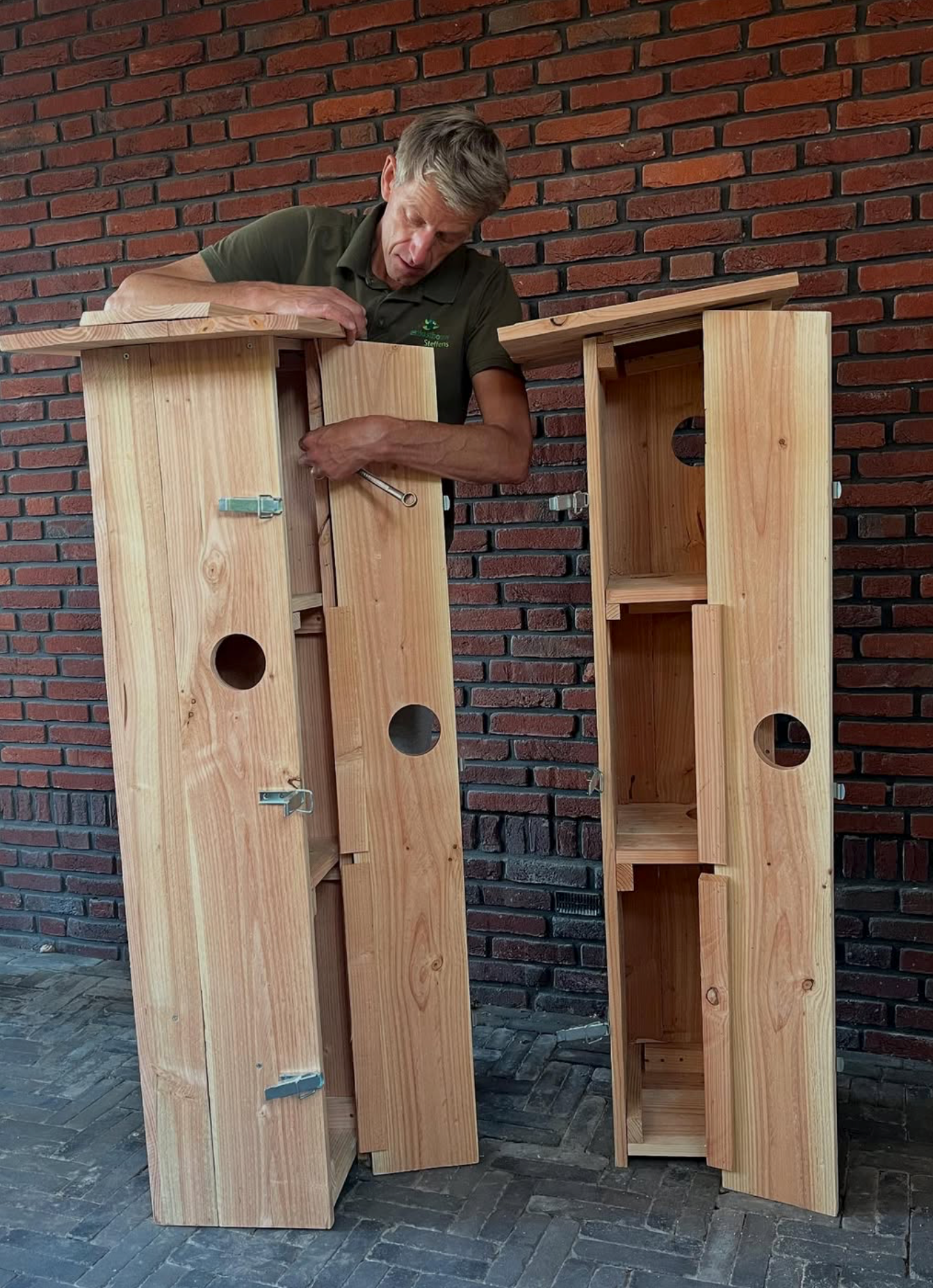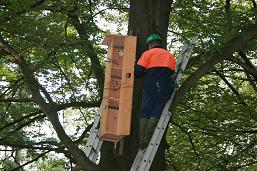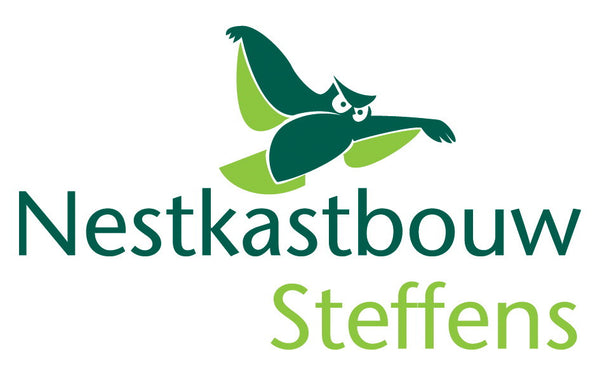Pine marten
Pine marten
As many old trees disappear, it is becoming increasingly difficult for pine martens to find suitable places to raise their young. Our nest boxes provide an artificial imitation of old trees and climbing holes in which young can be raised, food can be stored, but where the young can also play and climb.
We can demonstrate with photo material that our boxes are occupied by pine martens and that young ones have been raised in them. We can share these images with you on request.
About the pine marten
About the pine marten
The pine marten (Martes martes) should not be confused with the stone marten. The pine marten generally lives in forests and the stone marten near buildings. The pine marten is very shy and the chance that this marten will be spotted quickly is small. They usually live in dense forests, where previously it was mainly old forests, the pine marten is now also seen in fairly young forests. The nests where the young are raised are often old woodpecker holes, squirrel nests or
rotting cavities.
As many old trees disappear, it is becoming increasingly difficult for pine martens to find suitable places to raise their young. Our nest boxes provide an artificial imitation of old trees and climbing holes in which young can be raised, food can be found
are kept, but where the young can also play and climb.
Material and maintenance
Material and maintenance
Type of wood: Untreated Douglas fir 22mm
Weight of cabinet: Approx. 40 kg
Dimensions: Approx. 150x40x40 cm (This concerns the model with 3 compartments)
Suspension: By means of an oak rear slat, approx. 4x3cm.
Maintenance: Only if it is found that there is a technical problem that may need to be repaired.
Lifespan: approx. 15 years.
Check cabinet: Annual check is recommended, but then by means of camera or observations from the ground. Disturbance directly at the cabinet
should be avoided as much as possible.
To hang
To hang
It is recommended to hang multiple boxes together. In addition to a small pine marten box, we also supply a long box
equipped with 3 inner compartments, the lower one being accessible only from the inside. The idea is that the young are raised here and that the other 2 compartments are used for prey storage and resting place for parents.
Hanging the boxes preferably in locations in trees where the tops cross each other. Martens move at great heights through the tops of the trees and jump from tree to tree. Hanging in a solitary tree is not preferred.
Contact voor advies en prijs
Contact voor advies en prijs
It is advisable to contact us so that we can guide you to the right box and the right hanging location. We can look with you and give sound advice using Google maps. We also have the necessary map material of owls in your area.
Share








